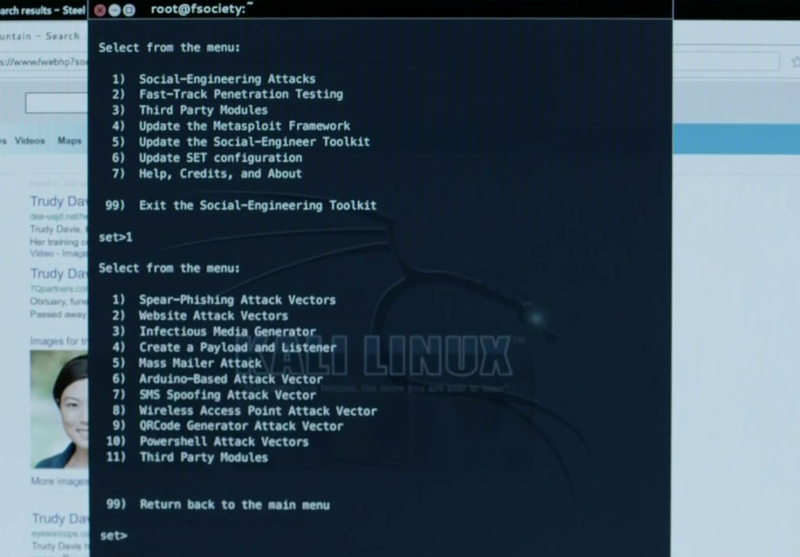By Qingyang Li, Steven Wang, Tanner Fred and Xavier Reinders
Thank you for reading our blog or if you have not already thanks for stopping by! We hope you learn something new or discover something cool. Throughout the course of our blog we have learned for ourselves the huge variety that the Computer Science and Engineering, which is a really long title and will usually be abbreviated to CSE, field encompasses. From our research we would like to present what we feel are the main pillars of the CSE field.
Thank you for reading our blog or if you have not already thanks for stopping by! We hope you learn something new or discover something cool. Throughout the course of our blog we have learned for ourselves the huge variety that the Computer Science and Engineering, which is a really long title and will usually be abbreviated to CSE, field encompasses. From our research we would like to present what we feel are the main pillars of the CSE field.
The Basics
On the most basic level, CSE is all about computers; designing, operating, and programming them to solve problems or perform tasks. These tasks and problems could be creating robots like Boston Dynamics or IBM’s Watson, phones like the S8, video games, databases, or even just the internet as a whole. The variety does not stop there. There are even more ways to talk to computers called languages, which are the building blocks for all programs. Just for starters there is C++, PHP, Python, Fortran, and HTML.
 |
| Example of basic if statement (source) |
CSE obviously has options for what you can do and how you want to do it but it also teaches a set of skills common to anything you might want to pursue within the field. Most importantly, for us, is the the incredibly useful problem solving experience that comes from solving a diverse group of challenging problems. Whether you are programming or designing a computer, you will encounter problems, it might be functionality you want to achieve or blockages you want to avoid and finding solutions to these problems is the basis of CSE. Creativity also comes hand in hand with problem solving because unfortunately for those of us in the CSE field, computers don’t always make sense or do what you want them to. As the creator of C++, Bjarne Stroustrup, said, “[Programming] … is just learning how to trick the computer into doing what you want rather than what it wants.”
Classes and Resources
 |
| Students studying computer science |
Non-students on the other hand have far more freedom in the career they want to pursue as long as the have the dedication and focus to do so. Hundreds of free online courses can be found on sites such as reddit and codecadeamy, along with many project ideas to build your personal portfolio. There are also hundreds books, online and in store, that talk about how to get a job in the computer science industry by teaching the interview process. Check out our post about resources for more specific information! Whether you are a student or someone who is just interested to learn, there is always something out there to help you.
Career Opportunities
 |
| Comparing CSE jobs and salaries |
We thank you for your time and wish you good luck as you explore the world of Computer Science and Engineering!























